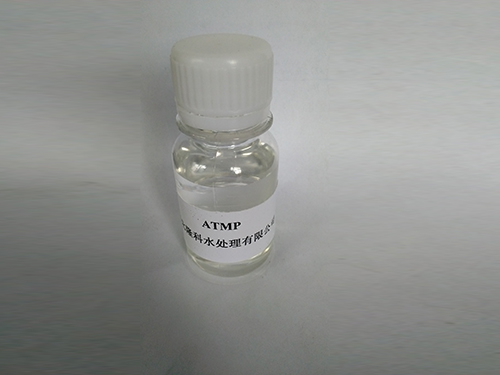Exploring the Properties and Applications of Poly Aluminum Chloride in Water Treatment Solutions
Poly Aluminum Chloride (PAC) An Overview of Its Applications and Benefits
Poly Aluminum Chloride (PAC) is a widely used inorganic chemical compound, known for its versatile applications in water treatment, wastewater management, and various industrial processes. It is a coagulant, which means it helps in the aggregation of suspended particles in water, resulting in clearer and cleaner water. PAC is favored over traditional coagulants like aluminum sulfate due to its superior performance, lower dosage requirements, and wider operational pH range.
One of the primary applications of PAC is in drinking water treatment. The compound is effective in removing turbidity and organic matter from water, enhancing overall water quality. Its unique properties allow it to work efficiently at various pH levels, making it adaptable to different water conditions. By destabilizing colloidal particles, PAC promotes the formation of larger aggregates or flocs, which can be easily removed through filtration. This process significantly improves drinking water quality and is crucial in areas where safe drinking water is hard to come by.
Poly Aluminum Chloride (PAC) An Overview of Its Applications and Benefits
Another noteworthy application of PAC is in the paper manufacturing industry. Here, it serves as a retention aid, ensuring that fibers and fillers remain in the paper sheet during production. By improving retention rates, PAC contributes to higher-quality paper products and reduces raw material costs. The increased retention and drainage properties provided by PAC also allow for improved operational efficiencies, making the paper production process more sustainable.
poly aluminum chloride pac

Furthermore, PAC finds utility in the food industry. It is commonly used as a clarifying agent in the production of juices and beverages, helping to remove unwanted sediment and improve the clarity of the final product. Its effectiveness as a coagulant makes it an essential ingredient in various food processing applications, contributing to the overall quality and aesthetic appeal of consumables.
The advantages of using PAC extend beyond its effectiveness as a coagulant. Its lower dosage requirements translate to cost savings for industries and municipalities. Additionally, PAC generates less sludge compared to other coagulants, which reduces disposal costs and environmental impact. It is also easier to handle and store, providing added convenience for operators in processes where it is used.
However, while the benefits of PAC are substantial, users must be aware of the regulatory framework governing its use, particularly in drinking water and food applications. Compliance with local and international safety guidelines is essential to ensure that PAC is used safely and responsibly.
In conclusion, Poly Aluminum Chloride is a crucial component in various industries, particularly in water treatment and food processing. Its ability to provide effective coagulation and flocculation, combined with its operational advantages, positions PAC as a preferred choice in many applications. As industries continue to seek sustainable and efficient solutions, the role of PAC is likely to expand, further contributing to the improvement of water quality and resource management worldwide.
-
Water Treatment with Flocculant Water TreatmentNewsJun.12,2025
-
Polymaleic AnhydrideNewsJun.12,2025
-
Polyaspartic AcidNewsJun.12,2025
-
Enhance Industrial Processes with IsothiazolinonesNewsJun.12,2025
-
Enhance Industrial Processes with PBTCA SolutionsNewsJun.12,2025
-
Dodecyldimethylbenzylammonium Chloride SolutionsNewsJun.12,2025





